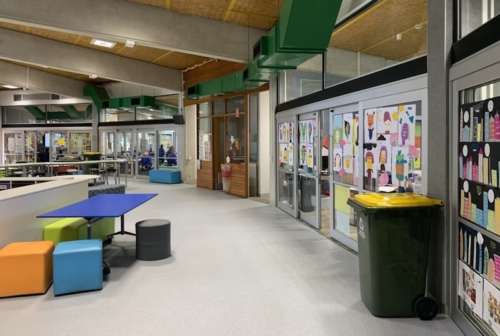What works in STEM?
Department of Education South Australia
The most important indicator of success for a new STEM learning environment is the coherence of the community’s vision for their new space.
NoTosh undertook an independent qualitative review of South Australia's Capital Works project with a cross-section of partners. We wanted to understand how the complexity of the STEM Works project and its partnerships led to the provision of cutting-edge STEM teaching and learning.
The review indicated that the clearer the vision for how a space would be utilised, the more effective the finished space was in achieving the STEM Learning Strategy.
Five schools partnered with us to help understand what changes in practice were necessary to take advantage of the curriculum opportunities offered by their renovated or new spaces.
Colleagues at Nuriootpa Primary School, Richmond Primary School, Oceanview College, Mount Barker High School and Brompton Primary School helped us arrive at three key conclusions.To develop and clarify their vision schools required three key elements:
1. Clarity on the meaning behind Department for Education documentation, including:
- Creating clear language that every partner understands and feels they can use.
- Development of a clear vision for teaching and learning within the new buildings.
- A well-defined process with explicit protocols and delineated roles in learning and teaching.
2. Collaboration across the community and beyond, reflected in:
- A collaborative mindset to allow for ease of sharing information;
- A collaborative approach between school leadership, staff, students and parents to created a shared ownership for the project;
- Encouraging the prototyping of STEM practices in preparation for the new buildings.
3. Proactive and Circular Communication, including:
- Initiating communication with all parties to keep dialogue channels open;
- Ensuring accuracy of communication to maintain the integrity and confidence in the process and vision;
- Regular and frequent feedback to ensure the project's consistency and support ongoing collaboration.
We discovered that any school able to maintain a high degree of clarity, collaboration and proactive communication throughout the STEM Works projects were most likely to maximise the use of the final built environment.
COMMENDATION
Most Innovative Education Initiative
Learning Environments Australasia Awards, 2020







